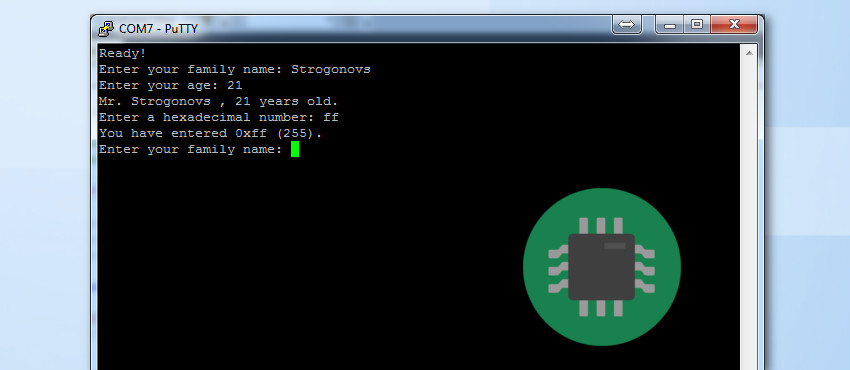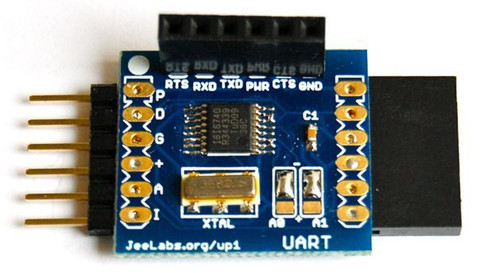

M_readData.append(m_serialPort->readAll()) SerialPortReader::SerialPortReader(QSerialPort *serialPort, QObject *parent)Ĭonnect(m_serialPort, SIGNAL(readyRead()), SLOT(handleReadyRead())) Ĭonnect(m_serialPort, SIGNAL(error(QSerialPort::SerialPortError)), SLOT(handleError(QSerialPort::SerialPortError))) Ĭonnect(&m_timer, SIGNAL(timeout()), SLOT(handleTimeout())) See the command line async reader example that I wrote a while ago for this operation, too: #include "serialportreader.h"

It depends on what you are trying to achieve. If you wish to read more data than it is coming in one go, you may be opt for a timeout value and/or readyRead. This means that it is not really guaranteed how much data will be available for reading, just that some will be available. Do not emit readyRead() in other conditions. Note for developers implementing classes derived from QIODevice: you should always emit readyRead() when new data has arrived (do not emit it only because there's data still to be read in your buffers).

ReadyRead() is not emitted recursively if you reenter the event loop or call waitForReadyRead() inside a slot connected to the readyRead() signal, the signal will not be reemitted (although waitForReadyRead() may still return true). It will only be emitted again once new data is available, such as when a new payload of network data has arrived on your network socket, or when a new block of data has been appended to your device. This signal is emitted once every time new data is available for reading from the device. The documentation is actually quite clear about it: I'm very confuse, Thank you in advance for your help ! I think I don't get when the readyRead signal is emitted exactly. It only occurs with Qt reading system AND with 2 physical COM port. The messages sent are 25 or 27 Bytes long, if I use Putty or an Hyperterminal to read them, I have no trouble.Īlso if I use 2 emulated serial port COM to communicate, I don't have this problem. QDebug() << "LIB SWCom : Unvalid trame !" QByteArray byteArray = m_serialPort->readAll() void SerialPortReader::init()Ĭonnect(m_serialPort, SIGNAL(readyRead()), this, SLOT(readData())) Public: MyTimer(int,int) QSerialPort serial QTimer timer int how_many_times int sampling Ĭonnect(&timer, SIGNAL(timeout())), this, SLOT(MyTimerSlot())) tInterval(sampling) timer.I have some trouble reading datas from a COM port, I send a complete message from another COM port, and when I receive it with Qt, it's always cut in multiple submessages. I would like to ask you very kindly about how to realize a serial communication using Qt, Visual Studio and Arduino, I am trying to send some data first but this is not working.


 0 kommentar(er)
0 kommentar(er)
